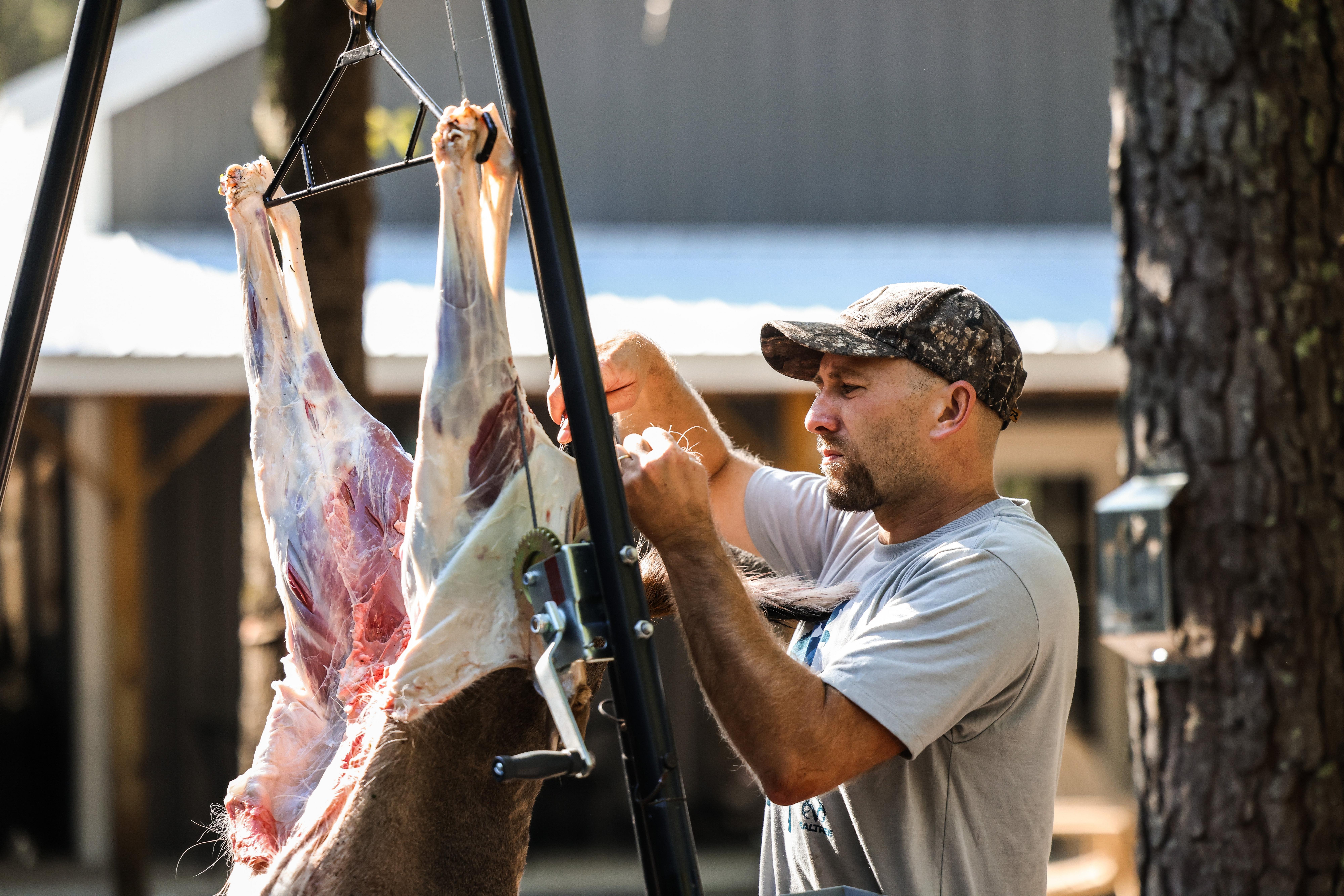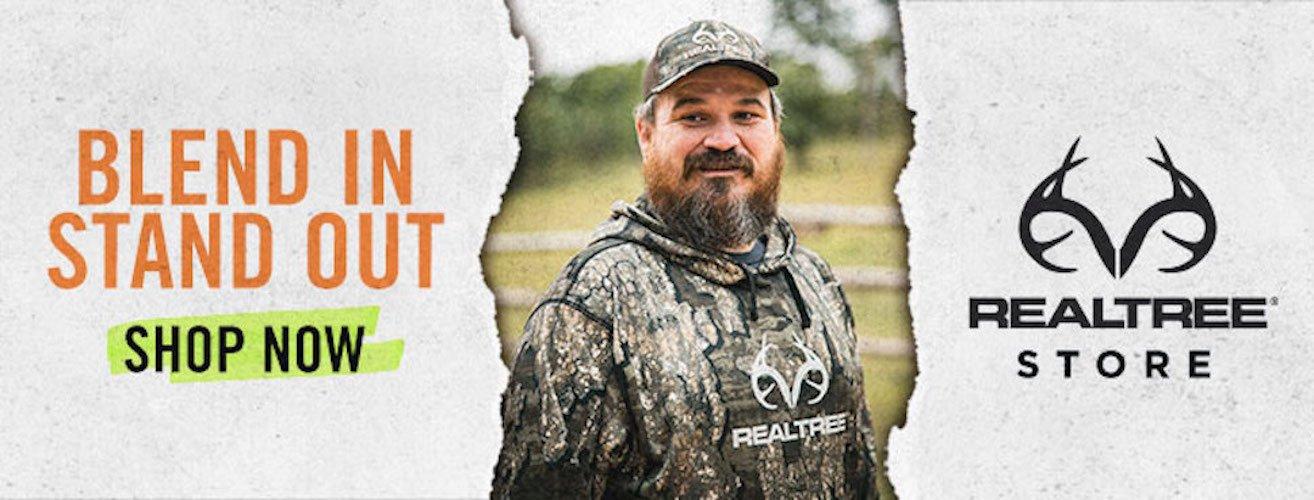Should you go with a fixed-blade or a folder? A lifelong deer hunter weighs in with his preferences
You can gut and skin a buck with a penknife or a Bowie or any blade in between, but to do the job right, select a tool designed with the deer hunter in mind.
Fixed Blade with Gut-Hook
If you haven't tried a fixed-blade knife with a gut-hook, you should. Roll a buck onto his back and use the knife point to make a small incision in the white hair and abdominal wall of the lower belly. Turn the knife over, insert the sharp hook into the slit and zipper the animal open up to the sternum. With a hook, there's no exposed steel tip to pierce a deer's paunch and make a mess, or clip your finger. These days it's vital that you stay knick-free. A Michigan hunter recently was infected with bovine tuberculosis after he sliced his hand while dressing a buck, and there are other deer diseases out there. Be careful and wear rubber gloves.
Once you've finished the incision and rolled the big bubble of innards out of a deer, you can put leverage on a sturdy fixed knife, which is typically 8 inches long overall, and cut and work your way up into the breastbone of a deer with the long, primary blade. That makes it easier to reach inside the chest cavity and sever and extract the windpipe and other tough-to-reach stuff.
(Don't Miss: How to Age Bucks on the Hoof)
Folding Knife
One day last fall, I pulled out my Buck Folding Hunter, an iconic hunting knife that has been sheathed on my belt for more than 20 years, and went to work on a freshly killed 8-pointer. I flipped out the 3¾-inch clip-point blade, carefully cut a 2-inch slit in the deer's hide at the lower belly, fitted two fingers in the incision to use as a blade guide, and zippered the deer open up to the sternum. Back at camp I did a quick skin and cape job and used the razor-sharp blade to carve out a backstrap, which my buddies and I grilled and devoured around the fire pit that night.
A modern folding knife, or lockback, from a reputable American cutlery manufacturer is almost as rugged as a fixed-blade. Over the years blade makers have greatly improved and strengthened the rocking bar mechanism that firmly locks the blade in place when the knife is open and in use.
A folding knife is compact and lightweight, easy to carry in a belt sheath or daypack. No wonder it's so popular with hunters.
(Don't Miss: You Shot a Deer. Here's How to Find It.)
Knife Buying Tips
Websites are chock full of knives these days, many of them cheap and flimsy. Stay away from junk knives, especially folders. Besides not holding an edge, a cheap knife might make a mess of your deer, or worse, break and cut you.
I recommend you pay at least $60 to $80 for a hunting knife from a major cutlery brand, and $100 or more is not too much if you find a brand-name or custom blade you like. Most people shop online, I but recommend you go to a store and hand-test several knives before you buy. Some won't seem to fit and feel right, while other models will balance comfortably in your palm and fingers. Open and close all blades on folders and make sure there's zero blade wiggle.
A stag or wooden handle is pretty, but to me a synthetic or rubber grip is better for fieldwork. It keeps a knife from sliding around in your hand when it's wet and bloody.
If you prefer a fixed or folder without a gut-hook, choose between two blade styles. A drop-point has a thick, curved blade that is strong and durable for gutting up into a deer's sternum. It is excellent for skinning because you can use the full belly edge.
On a clip-point, the blade runs straight out from the handle and then curves up to a thinner point. A clip-point is OK for all-around deer work, and great for skinning and caping.
You'll choose from among all sorts of blade materials, from 440 stainless to S30V to 420 HC and on and on. As long as you buy quality, don't worry about the type of steel, all of which will prove durable and fairly easy to sharpen and keep honed.
(Don't Miss: 4-Step Deer Butchering: The Path to Amazing Venison)








